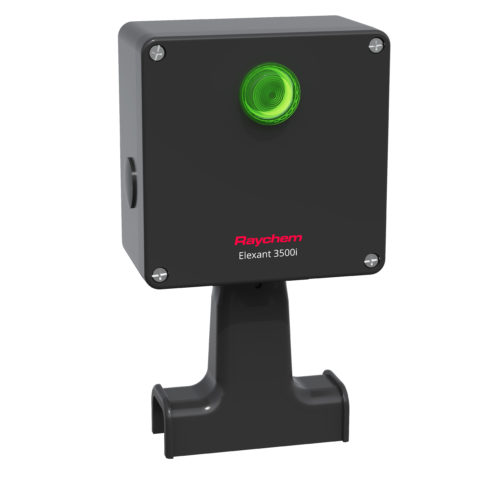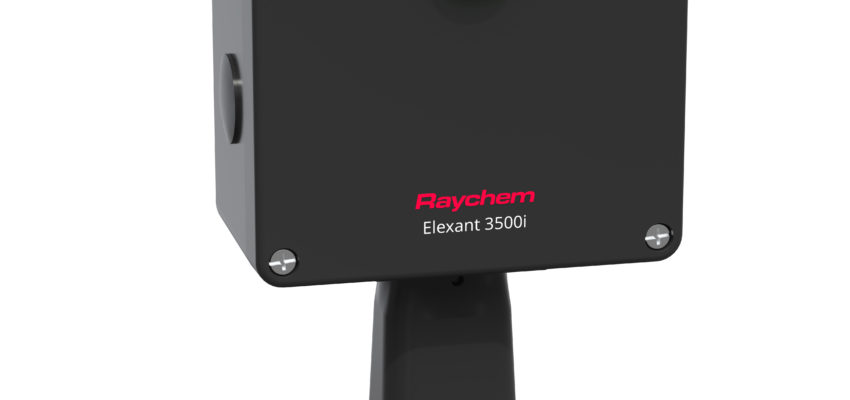Thermostats play a crucial role in industrial projects by enabling optimal energy utilization while maintaining precise temperature control for operational processes. They ensure that energy is used efficiently, and that systems operate at the required temperatures.
Mechanical thermostats were once the standard choice, but many modern projects are utilizing electronic solutions. Let’s explore the differences between the two.
Understanding Mechanical Thermostats
A mechanical thermostat employs elements like a bimetallic strip to detect fluctuations in temperature.
This strip, composed of two different metals with varying thermal expansion rates, bends or flexes as temperatures rise or fall.
Once the temperature reaches a predetermined threshold, the mechanical components within the thermostat are activated, prompting a system to either warm or cool. For instance, in heat traced systems, when the ambient temperature drops below the set point, the bimetallic strip contracts, activating the heating system to increase the temperature until the desired level is achieved.
These systems have been widely used for their:
- Cost effectiveness
- Advantages in some applications, like hazardous areas
What Are Electronic Thermostats?
Electronic thermostats have become a staple in modern industrial buildings, offering advanced controls and increased efficiency compared to their traditional counterparts.
Electronic thermostats rely on sensors like thermistors, Resistance Temperature Detectors (RTDs), or thermocouples to detect fluctuations in temperature. These sensors transmit signals to a microprocessor or circuit board, which in turn regulates the heating or cooling of a system.
Comparison Between Mechanical and Electronic Thermostats
Mechanical:
- Having a mechanical thermostat is a step up from no control at all
- Limited to only basic temperature control
- There is improved energy efficiency compared to no control at all
- Does not include any kind of supervision – there is no alarming or monitoring capability
Electronic:
- Electronic thermostats are more reliable as electronic thermostats have a much longer lifespan compared to mechanical thermostats
- They are more accurate than mechanical thermostats
- They can provide alarming or status indication information
Discussion on the limitations of mechanical thermostats in industrial settings
- Mechanical thermostats are less reliable and less accurate than electronic thermostats
- Mechanical thermostats have limitations and can only provide basic temperature control, and no supervision such as alarming and the ability to monitor
- Mechanical thermostats have a much shorter lifespan than electronic thermostats as they work based on a maximum number of cycles being reached before their end of life
Why Should Industrial Projects Shift to Electronic Thermostats?
As industrial projects continue to modernize, electronic thermostats can help you meet goals and align with evolving needs.
One benefit of going electronic is precise temperature control. This is crucial in industrial settings where maintaining specific temperature ranges is often essential for optimal operations. The ability to set precise set points ensures that heating and cooling systems operate efficiently, contributing to energy savings.
Another key advantage of electronic thermostats is their long-lasting switches. Industrial buildings typically see high usage and demanding conditions, making durability a top priority. Electronic thermostats are designed to withstand heavy usage over extended periods, reducing the need for frequent replacements and maintenance.
Additionally, electronic thermostats often come equipped with advanced programming capabilities. They can often integrate with building management systems, allowing a connected system well equipped to avoid costly downtime. As the Industrial Internet of Things (IIoT) becomes more prevalent across industry, more and more industrial vendors are building products that can easily be connected to existing industrial systems such as a Distributed Control System (DCS).
Conclusion
In conclusion, thermostats are vital components in industrial projects, serving as the cornerstone of precise temperature control for operational processes. While mechanical thermostats have been traditionally used for their cost-effectiveness and suitability in certain settings, the shift towards electronic thermostats is becoming more prevalent in modern projects.
As industrial projects continue to evolve and modernize, the adoption of electronic thermostats can help meet goals, align with evolving needs, and contribute to overall operational efficiency and cost-effectiveness. By leveraging the advantages of electronic thermostats, industrial buildings can optimize energy usage, enhance system reliability, and achieve better control over temperature regulation.
Are you ready to upgrade and get on the path to a truly connected system?
Learn more about Raychem control and monitoring solutions, including the brand new Elexant 3500i product family of electronic thermostats.
Visit the Elexant 3500i product page here on our website to learn more.


